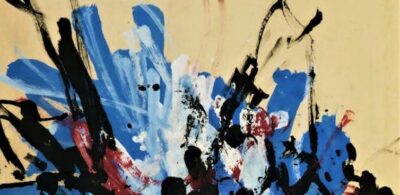Lucian Freud: RIP
On July 20, 2011 famed realist painter Lucian Freud died in London at the age of 88.
The Los Angeles Museum of Contemporary Art (MOCA) held a major retrospective of works by Freud in 2003. Consisting of 110 paintings, prints, and drawings, it was the one and only exhibit held at MOCA that I was ever impressed with. While the exhibition was still running the co-editor of CounterPunch magazine, Jeffrey St. Clair, published a review of the show. Titled The Paintings of Lucian Freud: Flesh and Its Discontents, the essay is a close approximation of my own feelings regarding the artist. An excerpt:
” (….) from the beginning, he cast his die with the figurative painters and against the mainstream of the abstractionists. It was a risky move and perhaps he wasn’t all that confident about it. Even today there are those who call Freud hopelessly out of date. You can hear the chiding: Too serious. Not ironic. Too much technique. And the concession must be made. Freud is very serious; his irony is dark and far from the flippant excretions of a Jeff Koons; and his is a master technician, cribbing from sources as varied as Egyptian painting and sculpture, Durer, Rembrandt, Rubens, Chardin, Velasquez, Cezanne, Courbet and Bonnard.”

As if echoing St. Clair’s words the Chief executive of London’s Royal Academy of Arts, Charles Saumarez Smith, commenting on the death of the painter, said that Freud’s passing marked “the end of an era”, and now that Freud is gone, “it is as though the figurative tradition has gone with him.”
Mr. Saumarez Smith went on to say of those artists who continue to carry the banner of figurative realism, “it is hard to argue that these artists are part of the mainstream.”
Naturally I beg to differ. While Saumarez Smith may believe Freud’s “surprisingly unfashionable focus on the human form” to be a thing of the past, the discipline has outlasted the complete dominance of abstract expressionism; I have no doubt figurative realism will also survive the whims and excesses of today’s postmodernist art.


